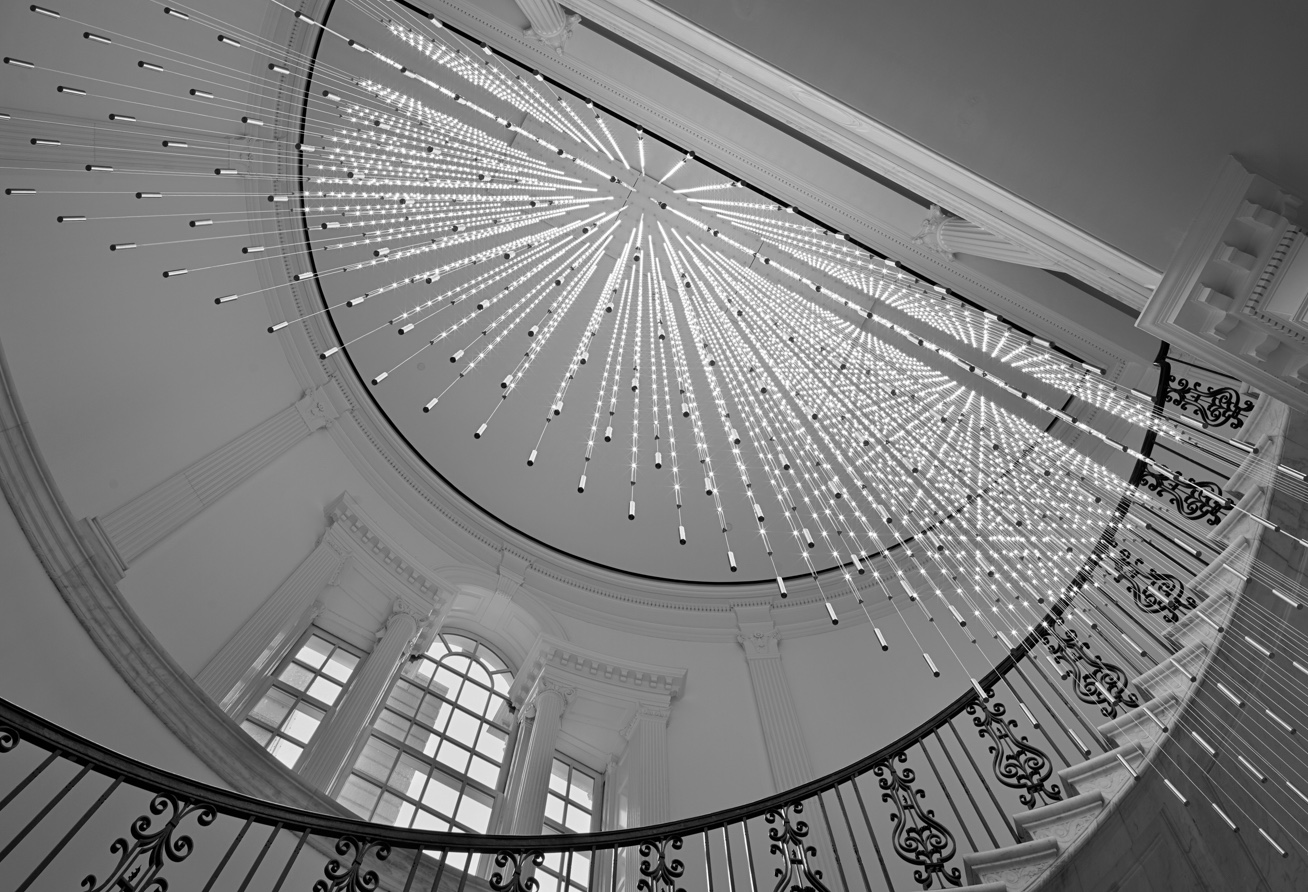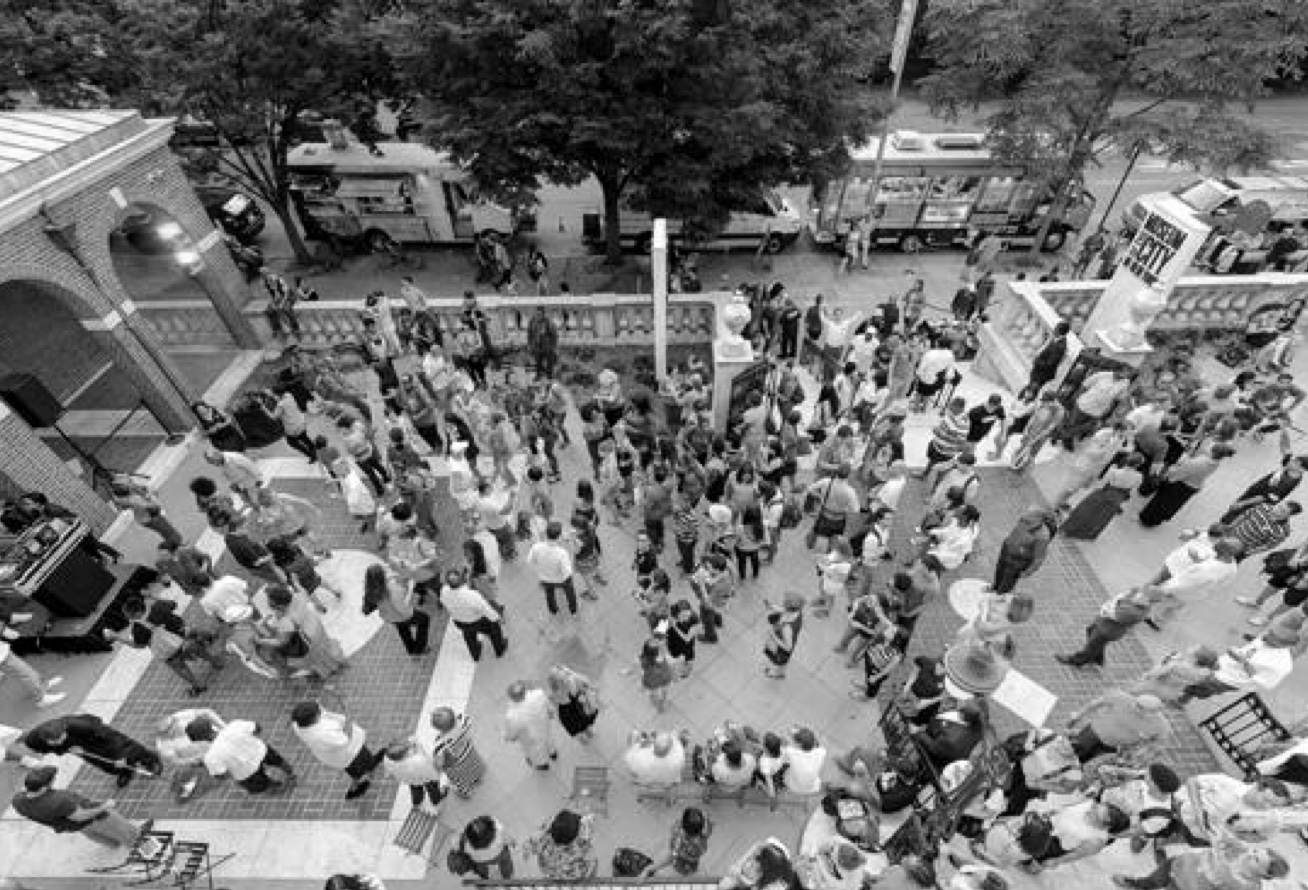Housing Activism
Rent Strikes and Tenant Mobilizations, 1908–1939
Ongoing

Back to Exhibitions
In the early 20th century, New York City tenants in neighborhoods from Brownsville to Chelsea protested rising rents and poor living conditions through rent strikes: withholding monthly payments to pressure landlords to address conditions or reduce costs.
These sporadic actions gained momentum during and after World War I—especially following the coal shortage and harsh winter of 1917. Rent strikes became a powerful tool for demanding landlord accountability and helped draw attention to the city’s housing crisis
Led often by working-class immigrant women in Eastern European Jewish communities, rent strikes became coordinated campaigns with support from the Socialist Party. These movements faced political backlash during the Red Scare of 1919, with some activists accused of Bolshevism, deported, or removed from office.
Their efforts led to a broader campaign to regulate rent, and helped to pass to New York’s first rent control laws in 1920. Though those laws expired by decade’s end, tenant activism continued through the Great Depression and beyond. Advocates also began pushing for alternatives to private rentals, including housing cooperatives, public housing, and, later, community land trusts. While strategies have evolved, the demand for affordable housing remains urgent today amid gentrification and rising costs.

